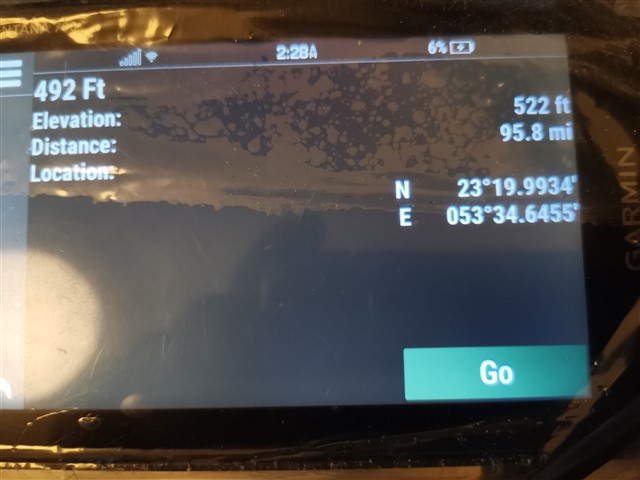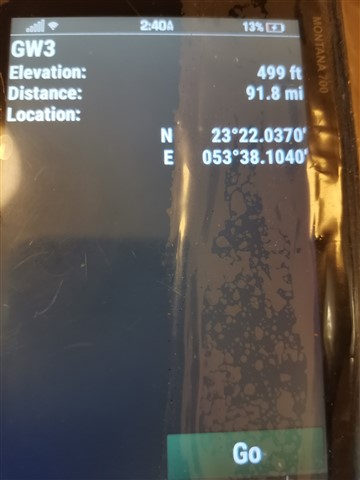I have been trying to use the Topgraphy feature in the Montana 700 here in Abu Dhabi in my jeep. But I am finding the elevation information incorrect.
The Garmin shows me Elevation lines at 429 in this area of dunes and sand. When I put a pin on this line and press for more detailed information, it shows me anything but 429 ft. I have tested the feature in other nearby deserts and with a 625 ft elevation line. I met with the same problem.
I also have the documented measure of the elevation of a waypoint....it is 382 ft. Yet the Garmin 700 Montana shows this point to be at 499ft This is a 100ft or good a 10 storey building type of difference in the layout of the land. This can be tragic in a car.
Can anyone please add to this? Are you encountering the same level of inaccuracy with the Garmin 700 Montana topo graphics.
Sikander






